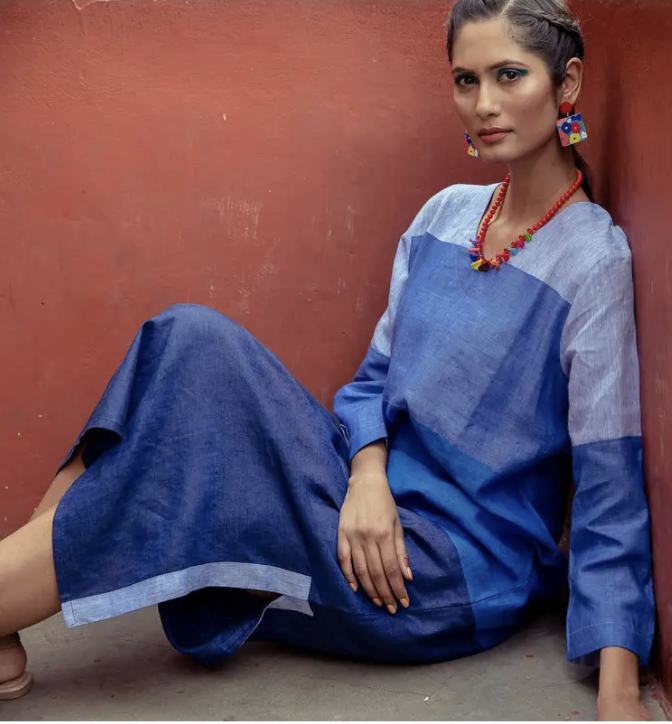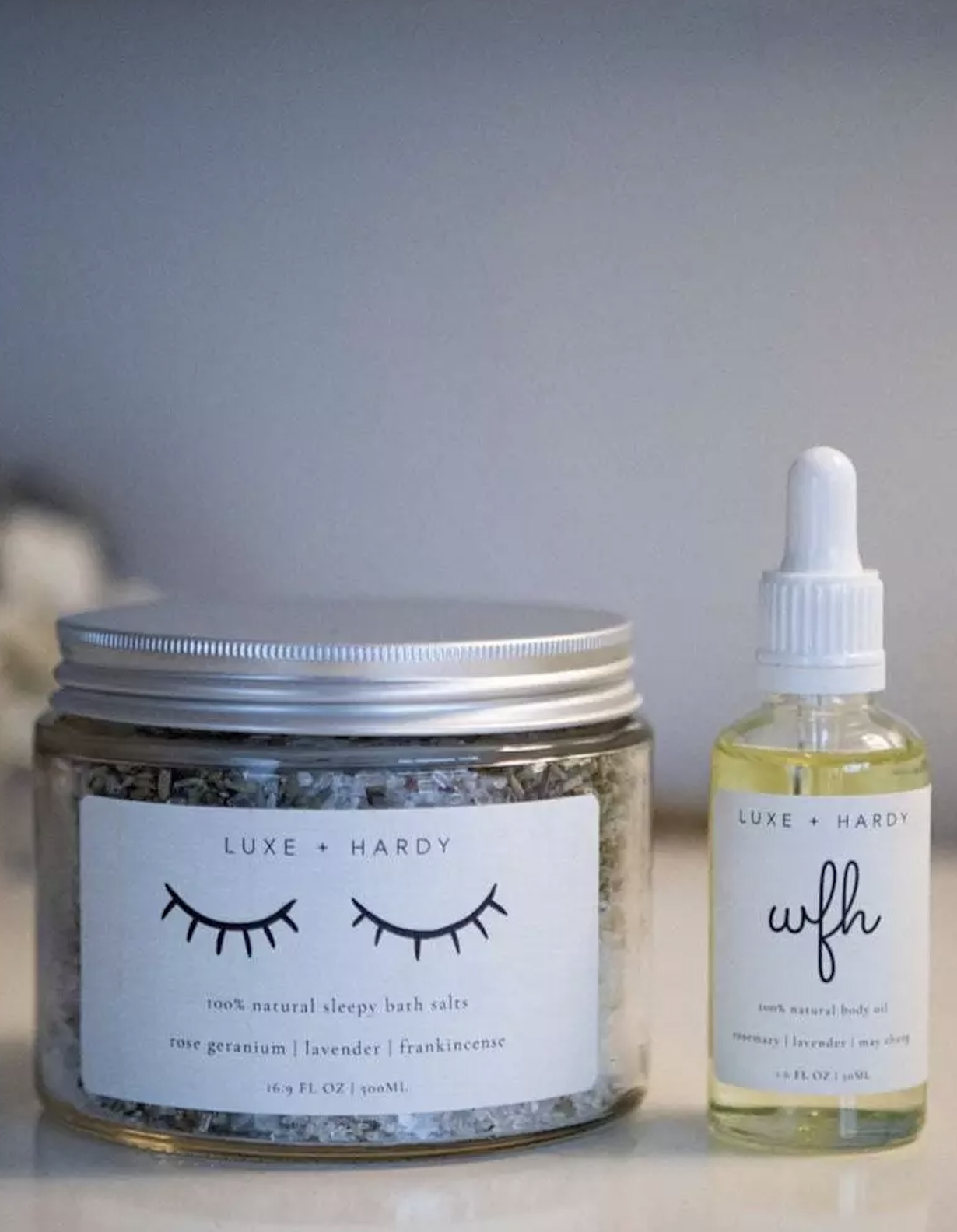What's the hype about shopping sustainably?
It's 2022. The pandemic is still going strong, despite best efforts. Awareness of societal and global issues is ever-present on the internet. And we're all finally getting past all our picture-perfect body image issues. [Maybe.]
The environment is present on everyone's minds, as the European Union pumps out initiative after initiative to help give a framework to its protection. But on an individual level, we feel almost powerless.
73.2% of our emissions are caused by the use of energy: electricity, heat, and transport. I'm sure you're thinking that these are all very necessary - summers are hot and winters can be cold, we need light to survive, computers and phones make the world go round, and how else would we get to work than by car, bus, or train?
Being more environmentally friendly is not exactly at the top of the list when you're just trying to make ends meet every month. So you might be asking: what is the point of this blog post? What effect does shopping sustainably even have on the environment? What could so little actually do?
Why should I shop sustainably?
Well, there are actually a lot of good reasons!
Obviously, the #1 reason to shop sustainably is to save natural resources.
That's an absolute given.
Instagram, Twitter, Reddit, and all that wonderful social media we like to consume on a daily basis is a fantastic ways to learn about the world and about people. It's also a great way to get inspired to buy a lot of clothing. According to a UN study, consumers purchase 60% more clothing than even 15 years ago, and throw it away 50% faster.
Each year, about 90 million items of clothing end up in landfills. That doesn't even include waste from producing the clothes!
Can we talk about fast fashion for a bit?
You're probably sick of hearing it by now, but the 2000s are an era of fast fashion, where we make clothes quickly and cheaply to stick with ever-changing trends.
They fall apart pretty fast, and often you'll just forget about them, in the back of your closet, until you end up throwing them away or donating them.
You might think "oh no, that's not me" but everyone has that knee-jerk reaction when they see a fray or when something starts looking a little bit worn. "Oh no, now I have to find another one I like just as much."
Earlier, I said that 73.2% of emissions come from the energy sector. But the fashion industry is the second biggest polluter in the world. It's a $3 trillion global industry that is always moving and shifting to both match and create demand. Cheap synthetic fibers (plastics) also emit gasses like N20, which is 300 times more damaging than CO2.
So before you buy something fast, give it a think - is it really worth it?
If you're anything like me...
You probably hate how quickly things fray when they're not made well, or how they shrink in the wash sometimes because the material is like 99% plastic. You might have fallen in love with a lot of unique pieces in the past, only to quickly lose that feeling and never wear them again.
Perhaps you're still searching for that feeling, just like me!
The good part of shopping sustainably is that, not only is it a good way to save our planet, but the pieces also last much longer. Each piece is made carefully and with care, so the quality is high and it can grow with you. Investing in your wardrobe is the best thing you can do.
If you're worried you're going to fall out of love with a piece--because aren't we all?-- then it might be best to start off with something basic. Work it into your wardrobe and see what you can mix and match it with. Find a unique piece that you're going to wear and love for a long time, too, and find interesting ways to wear it.
Slow fashion is all about finding your style and being you in a way that might be a little minimal, but also makes it easy and fun to get dressed in the morning!
But to be unique, it can't be fast.
Fast fashion is, well, it's fast! You won't find anything truly unique, because they make thousands of the same piece.
Finding a vintage piece at a thrift store or shopping through a certified sustainable shop yields a lot more unique pieces.
Ones that you can almost be sure you won't see sitting across from you at the local Starbucks or at the shopping mall.
But on a more serious note...
Sustainable shopping is healthier not just for the planet but for its people too. It supports fairer and safer working conditions.
Of the billions of clothing items produced in the world, a very good percentage are made under inhumane working conditions. Slave labor might sound like a thing of the past, but it is very much still in effect, in countries like Brazil, where basic universal rights like housing, health, food, and decent work are withheld from them.
Sustainable fashion advocates for improved working conditions and fair pay for its workers. The Fairtrade trademarked labeling system is a good way to see if the product you want to buy is ethical. Look for it next time you buy food, fashion, or even cosmetics!
So TLDR...
Sustainable products reduce your carbon footprint. They're unique and last a lot longer than fast fashion. And, they are much more effective at supporting fair and safe working conditions.
Making the switch might be hard at first, because slow fashion will always be more expensive than fast fashion. But, in the long run, you'll realize that taking it slow is the secret to living a happy life.
[And a quick P.S. - all of the images in this post are sustainably made. Click on the ones you like to find out more about them!]

- Dubai, Festival City Mall, Crescent Drive
- +971-54-382-8897
- Mon-Sun 9.00 - 18.00
- [email protected]
- View on map






